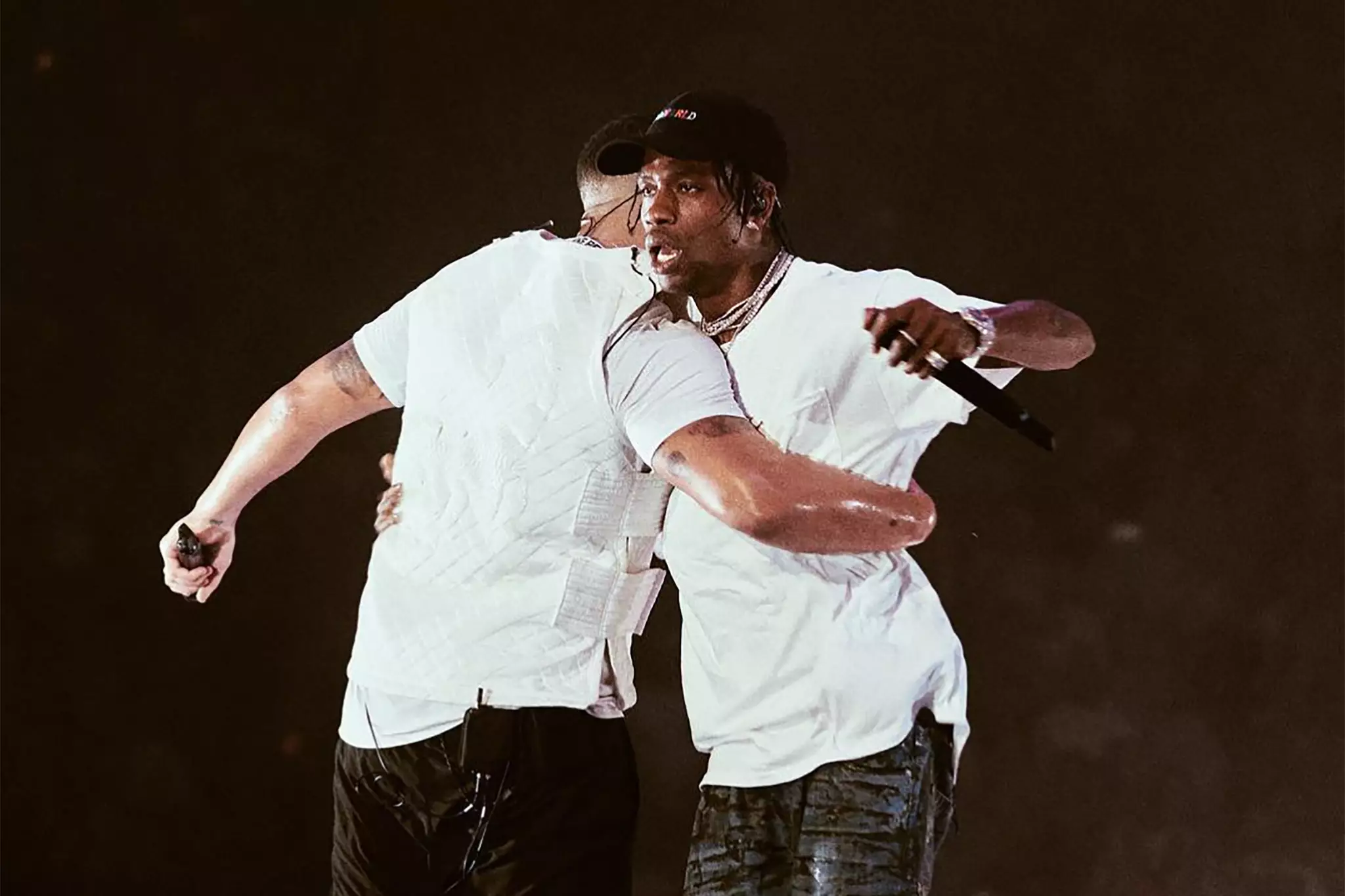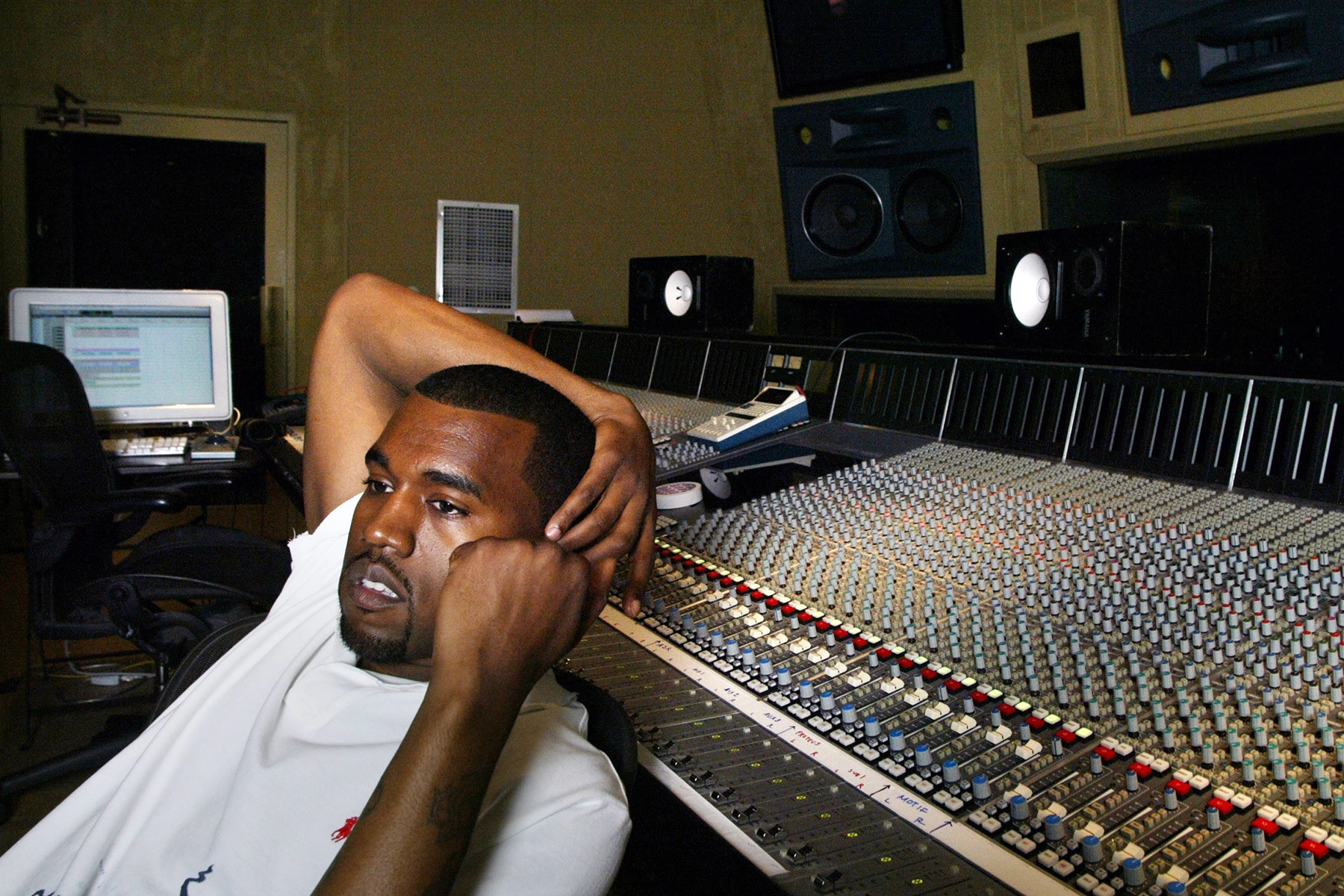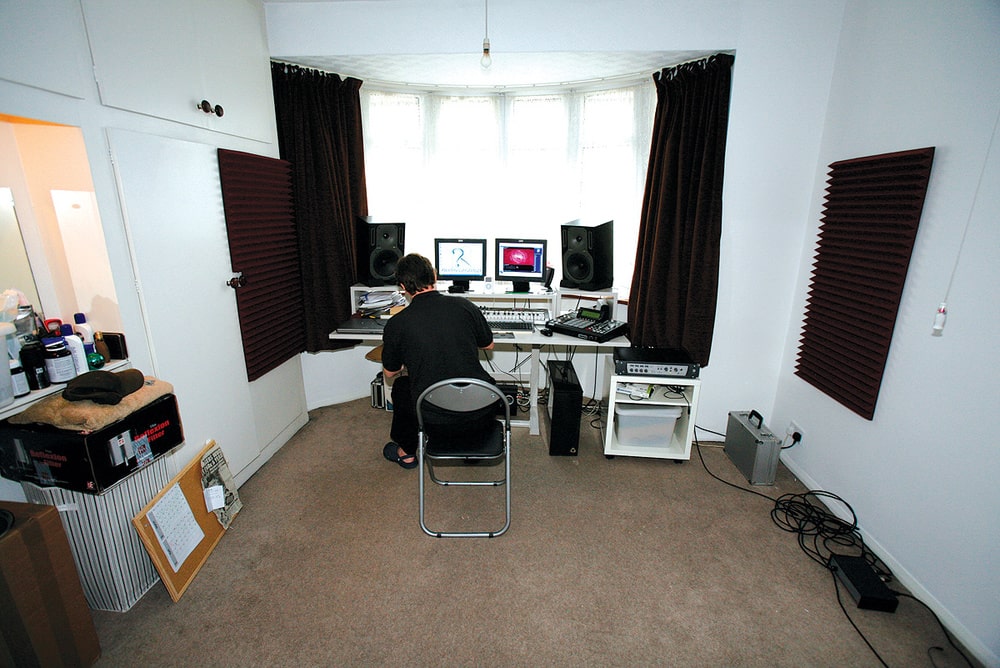Introduction
In the vast world of music, standing out from the crowd is crucial for success as a musician.
Developing a signature sound not only sets you apart from other artists but also becomes an essential component of your artistic identity.
This blog post explores the process of crafting a unique musical style and offers insights and examples from popular music and hip-hop to inspire and guide aspiring musicians on their creative journey.
Importance of a Signature Sound
Having a signature sound is like having a musical fingerprint. It defines who you are as an artist and helps you leave a lasting impression on your audience.
By developing a unique musical style, you create a recognizable brand that sets you apart from the sea of talented musicians out there.
A signature sound can also attract a loyal fan base and open doors to exciting opportunities.
In popular music and hip-hop, several artists have established their distinctive sounds, which have become their trademarks.
For example, imagine listening to Michael Jackson’s “Thriller” without his signature vocal style or Kanye West’s “Stronger” without the futuristic electronic elements.
These artists’ signature sounds have become synonymous with their names, enhancing their careers and leaving an indelible mark on the music industry.
Understanding Your Influences
To develop your signature sound, it is essential to explore and analyze your influences.
Look to your favorite musicians and study their styles, techniques, and musical choices. Identify the elements that resonate with you the most and try to understand why.
By understanding the foundations of the music you love, you can begin to shape your own unique style. For instance, if you are drawn to the soulful melodies and emotive vocals of artists like Adele, Amy Winehouse, or Sam Smith, consider incorporating those elements into your own music.
Learn from their use of dynamics, phrasing, and vocal delivery to develop your distinctive approach.
In hip-hop, artists like Kendrick Lamar and J. Cole draw inspiration from both old-school rap and contemporary influences, resulting in a fusion of introspective lyrics, storytelling, and innovative production techniques.
Studying their approach can help you identify how they blend genres and craft their individual sounds.
Finding Your Musical Identity
To develop a signature sound, it is essential to embrace your personal experiences, emotions, and perspectives.
Your unique story and background can influence the way you express yourself through music. Take time to reflect on what sets you apart and incorporate those elements into your compositions.
For instance, Halsey’s raw and confessional lyrics often draw from her personal experiences, giving her music an intimate and relatable quality.
By embracing vulnerability and authenticity, she has carved out a distinct niche within the pop music landscape.
In hip-hop, artists like Kendrick Lamar and Childish Gambino explore social issues and personal struggles through their lyrics, infusing their music with thought-provoking messages and social commentary.
By incorporating their perspectives and experiences into their music, they have created powerful and distinctive bodies of work.
Cultivating Your Technique
Developing a signature sound requires honing your technical skills as a musician. Whether you play an instrument, produce beats, or excel at vocal delivery, dedicating time to improving your craft is vital.
Focus on developing a strong foundation in your chosen area, practice regularly, and seek opportunities to collaborate with other musicians.
Consider the legendary guitarist Jimi Hendrix. His innovative playing style, characterized by his use of feedback, distortion, and unconventional chord voicings, made him an icon in the world of rock music.
Hendrix’s dedication to pushing the boundaries of his instrument and constantly refining his technique allowed him to create a sound that was entirely his own.
In hip-hop, artists like DJ Premier and J Dilla are renowned for their production skills. They meticulously craft their beats, paying attention to sample selection, drum programming, and creating unique sonic landscapes.
Their dedication to perfecting their production techniques has contributed to their signature sounds.
Exploring Sound Design
Sound design plays a vital role in developing a signature sound. Experimenting with different sounds, textures, and effects can help you create a distinct sonic palette that sets you apart from others.
Embrace technological advancements and utilize tools like synthesizers, digital effects, and virtual instruments to explore new sonic territories.
Artists like Björk and Daft Punk have been pioneers in pushing the boundaries of sound design. Björk’s albums, such as “Homogenic” and “Vespertine,” incorporate innovative electronic elements, experimental textures, and unconventional instrumentation, resulting in a unique sonic landscape that reflects her artistic vision.
In hip-hop, artists like Kanye West and Travis Scott have been at the forefront of blending different sounds and genres.
They incorporate elements from various musical styles, experiment with vocal manipulation and layering, and use sound effects to create immersive sonic experiences.
This approach has helped them establish their individual musical identities.
Check out: Tips for Mixing Vocals as an Amateur Audio Engineer
Embracing Musical Innovation
To develop a signature sound, it is essential to embrace musical innovation.
Don’t be afraid to step outside the boundaries of traditional genres and experiment with different musical elements. Incorporating unique elements into your compositions can help you create a fresh and distinctive style.
An example of musical innovation can be seen in the works of David Bowie. Throughout his career, Bowie fearlessly explored different genres, from glam rock to electronic music and beyond.
His willingness to take risks and experiment with new sounds helped him develop a signature sound that continuously evolved and resonated with audiences.
In hip-hop, artists like Tyler, The Creator, and Frank Ocean have challenged traditional conventions, merging various genres and styles to create their unique musical landscapes.
By incorporating elements from jazz, R&B, and alternative music, they have crafted sounds that defy categorization and captivate listeners.
Developing a Personal Songwriting Style
Crafting a personal songwriting style is an integral part of developing a signature sound.
Experiment with different song structures, explore various lyrical approaches and incorporate storytelling and personal narratives into your compositions.
Artists like Bob Dylan and Leonard Cohen are revered for their poetic songwriting styles. Their lyrics delve into deep emotions, social issues, and personal introspection, creating a connection with listeners.
By developing your own lyrical voice and infusing your music with meaningful storytelling, you can develop a signature sound that resonates with your audience.
In hip-hop, artists like Eminem and Tupac Shakur are known for their emotionally charged and thought-provoking lyrics. They use their words to tell stories, express their personal struggles, and shed light on societal injustices.
By mastering the art of storytelling through their lyrics, they have created impactful and distinctive musical legacies.
Building a Strong Brand
Developing a signature sound goes beyond the music itself; it involves building a strong brand that reflects your unique style.
Craft a visual identity that aligns with your music, utilize social media and online platforms to connect with your audience, and create a consistent brand image across all your promotional materials.
Artists like Beyoncé and Lady Gaga excel at brand building. They curate every aspect of their public image, from their stage performances and music videos to their fashion choices and online presence.
By meticulously crafting their brand, they reinforce their signature sounds and create a cohesive artistic identity.
In hip-hop, artists like Drake and Travis Scott understand the importance of branding.

Drake & Travis Scott on stage at the “Aubrey & The Three Migos” Tour
They leverage social media platforms, interact with their fans, and use visual aesthetics to create a distinct brand image that complements their music.
This consistency helps them establish a loyal following and reinforces their unique musical styles.
Connecting with Your Audience
Developing a signature sound is not only about creating music; it’s also about connecting with your audience on a deeper level.
Engage with your fans through live performances, social media interactions, and genuine connections. Listen to their feedback, respond to their messages, and adapt your approach based on their reception.
Artists like Taylor Swift have mastered the art of connecting with their audience. Swift’s ability to establish a personal connection with her fans through her music, social media presence, and intimate performances has contributed to her immense popularity.
By actively engaging with your audience and building a community around your music, you can develop a loyal fan base that supports your unique sound.
In hip-hop, artists like Chance the Rapper and Logic have successfully built strong connections with their fans. They engage with their audience through heartfelt lyrics, open conversations on social media, and fan interactions during live shows.
By being accessible and authentic, they have fostered a dedicated following that resonates with their distinct musical identities.
Evolving and Refining Your Sound
Developing a signature sound is an ongoing process that requires constant growth and refinement. Embrace the journey of self-discovery and exploration, seek feedback from trusted sources, and be open to constructive criticism.
Continuously honing your skills and evolving your sound will help you stay relevant and fresh in the ever-changing music industry.
Artists like Radiohead and Kanye West are known for their willingness to push the boundaries of their sound and evolve with each project.

Kanye West in the Studio circa 2007
They consistently challenge themselves creatively, experiment with new techniques, and take risks that lead to the development of unique sonic identities. By embracing growth and remaining open to new ideas, you can cultivate a signature sound that stands the test of time.
In hip-hop, artists like Kendrick Lamar and Tyler, The Creator have showcased significant artistic growth throughout their careers.
They have fearlessly explored different musical avenues, incorporating diverse influences and evolving their sounds with each album.
Their commitment to artistic evolution has contributed to their longevity and continued relevance in the music industry.
Conclusion
Developing a signature sound is a transformative and rewarding journey for any musician.
By understanding your influences, embracing your personal experiences, and cultivating your technique, you can begin to shape a unique musical style. Drawing inspiration from popular music and hip-hop, you can learn from artists who have successfully crafted their distinctive sounds.
Through sound design, musical innovation, and developing a personal songwriting style, you can further refine your sound and create music that resonates with your audience.
Building a strong brand and connecting with your fans will help you establish a loyal following and solidify your musical identity. Remember, the process of developing a signature sound is an ongoing one, requiring continuous growth, adaptation, and evolution.
So, as you embark on your musical journey, embrace your uniqueness, experiment fearlessly, and stay true to yourself.
Develop your signature sound, and let it be the artistic expression that sets you apart in the vast world of music.
Check out: Overcoming Performance Anxiety as a Musician






